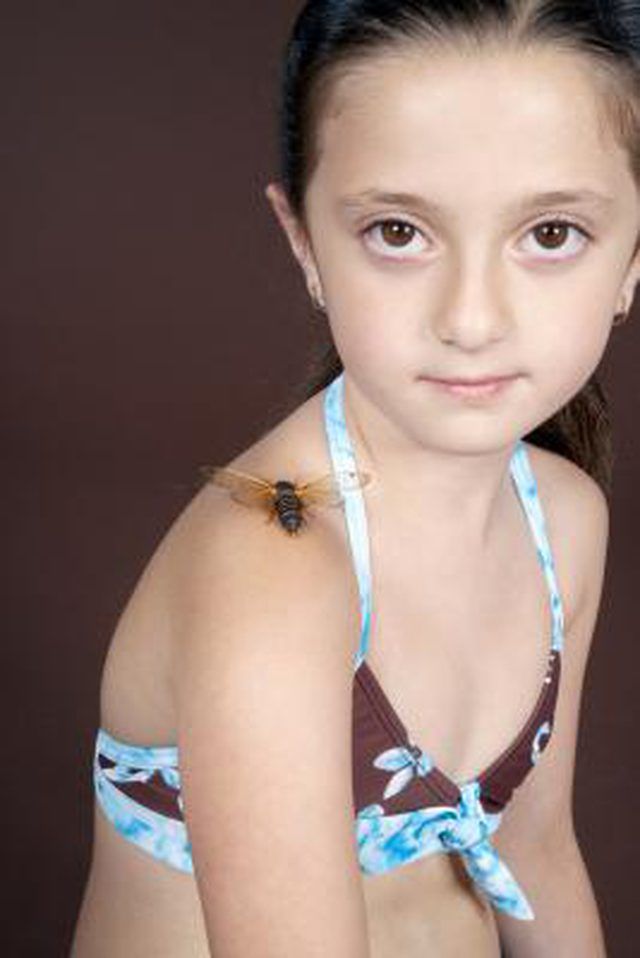Bulbs
Flower Basics
Flower Beds & Specialty Gardens
Flower Garden
Garden Furniture
Garden Gnomes
Garden Seeds
Garden Sheds
Garden Statues
Garden Tools & Supplies
Gardening Basics
Green & Organic
Groundcovers & Vines
Growing Annuals
Growing Basil
Growing Beans
Growing Berries
Growing Blueberries
Growing Cactus
Growing Corn
Growing Cotton
Growing Edibles
Growing Flowers
Growing Garlic
Growing Grapes
Growing Grass
Growing Herbs
Growing Jasmine
Growing Mint
Growing Mushrooms
Orchids
Growing Peanuts
Growing Perennials
Growing Plants
Growing Rosemary
Growing Roses
Growing Strawberries
Growing Sunflowers
Growing Thyme
Growing Tomatoes
Growing Tulips
Growing Vegetables
Herb Basics
Herb Garden
Indoor Growing
Landscaping Basics
Landscaping Patios
Landscaping Plants
Landscaping Shrubs
Landscaping Trees
Landscaping Walks & Pathways
Lawn Basics
Lawn Maintenance
Lawn Mowers
Lawn Ornaments
Lawn Planting
Lawn Tools
Outdoor Growing
Overall Landscape Planning
Pests, Weeds & Problems
Plant Basics
Rock Garden
Rose Garden
Shrubs
Soil
Specialty Gardens
Trees
Vegetable Garden
Yard Maintenance
How to Protect Young Trees From Cicadas
How to Protect Young Trees From Cicadas. Encompassing more than160 species in North America and 3,000 worldwide, cicadas (Cicadidae) are categorized mainly by life cycle length. Most species are referred to as annual, or “dog-day,” cicadas (Tibicen spp.) and live between one and five years depending upon species. The seven species of...

Encompassing more than160 species in North America and 3,000 worldwide, cicadas (Cicadidae) are categorized mainly by life cycle length. Most species are referred to as annual, or "dog-day," cicadas (Tibicen spp.) and live between one and five years depending upon species. The seven species of "periodical" cicadas (Magicicada spp.) have either 13- or 17-year-long life cycles. Adult cicadas spend only about two weeks aboveground for reproductive purposes. During that time, annuals donít typically damage trees, shrubs or ornamental shrubs significantly. Periodicals slice small branches open for laying eggs in them, favoring twigs of 1/4 to 1/2 inch diameter. "Flagging" occurs when damaged twigs split and die. Young trees between 1 and 4 years of age are most at risk.
Things You'll Need
Disposable plastic netting, 1/4-inch mesh
Garden hose
Garden spade
Twine or masking tape
Clean, sharp shears
Plastic garbage bags
Listen for the first songs of male cicadas beginning in May. This will probably occur at or around sunset. You canít miss the extremely loud, deep buzzing noise. Some strong, resonant midsummer male cicada songs have been measured at 100 decibels from a distance of 20 yards. Thatís loud enough for you to hear it over your running lawn mower.
Cover young trees and ornamental shrubs between 1 and 4 years of age with disposable plastic netting with 1/4-inch mesh holes as soon as you hear the first cicada song. Protect any branches under 1/2 inch in diameter. Older, well-established specimens arenít likely to suffer any damage. You have five to 10 days from the time you hear the first songs of singing males until the females arrive to mate.
Secure the covering below the plantís foliage with twine or masking tape to prevent cicadas from crawling under the material to access the plantís limbs. Leave the covering in place until all cicada activity ceases in your area, typically around the end of June.
Knock cicadas off structures and plants with a strong blast from the garden hose when the insects begin to annoy you. They may swarm your home and anything on your property temporarily. Squash them if you want some vengeful gratification.
Scoop cicada carcasses and empty exoskeletons up with a garden spade after they expire in five to 10 days following their arrival. These bugs typically create huge messes in yards. Toss them into gardening areas where other insects and soil microorganisms work hard at turning them into excellent fertilizer. Cultivate empty exoskeletons right into the soil. Deceased cicadas contribute large, healthy doses of nitrogen to garden soil.
Prune damaged twigs and limbs off the trees and ornamental shrubs with clean, sharp shears within three to four weeks after you hear the last male songs. Gather the trimmings up in stout plastic bags, and dispose of them in the trash. Donít add them to your compost heap. This prevents the eggs present in the damaged wood from hatching and burrowing into the ground for yet another round.